Female Adventure Photographers Risking Their Lives For the Shot - Part 2

Following up on
Part 1, here are more wildly talented women, the extreme mental and physical obstacles they face—being both athlete and photographer—and their tricks of the trade.Read the first part of this series with invaluable insights from adventure photography rockstars, Krystle Wright, Camilla Rutherford and Dawn Kish, here.
Although a healthy number of us will probably never find ourselves in a squirrel suit about to jump off a cliff, we continue to enjoy thrills through the comfortable front row seats of our social media viewfinders. Popular adventure photographers around the world use Instagram, Facebook and Snapchat to make it easier more than ever for us to experience extreme sports through their lenses. Why not go snowboarding down steep spines in Alaska, or rock climb up daunting routes in Yosemite? There is no limit to what we are able to visually experience online. And it is made possible thanks to the dedicated work of photographers like the following—who are willing to go out there and capture these extreme moments for us.
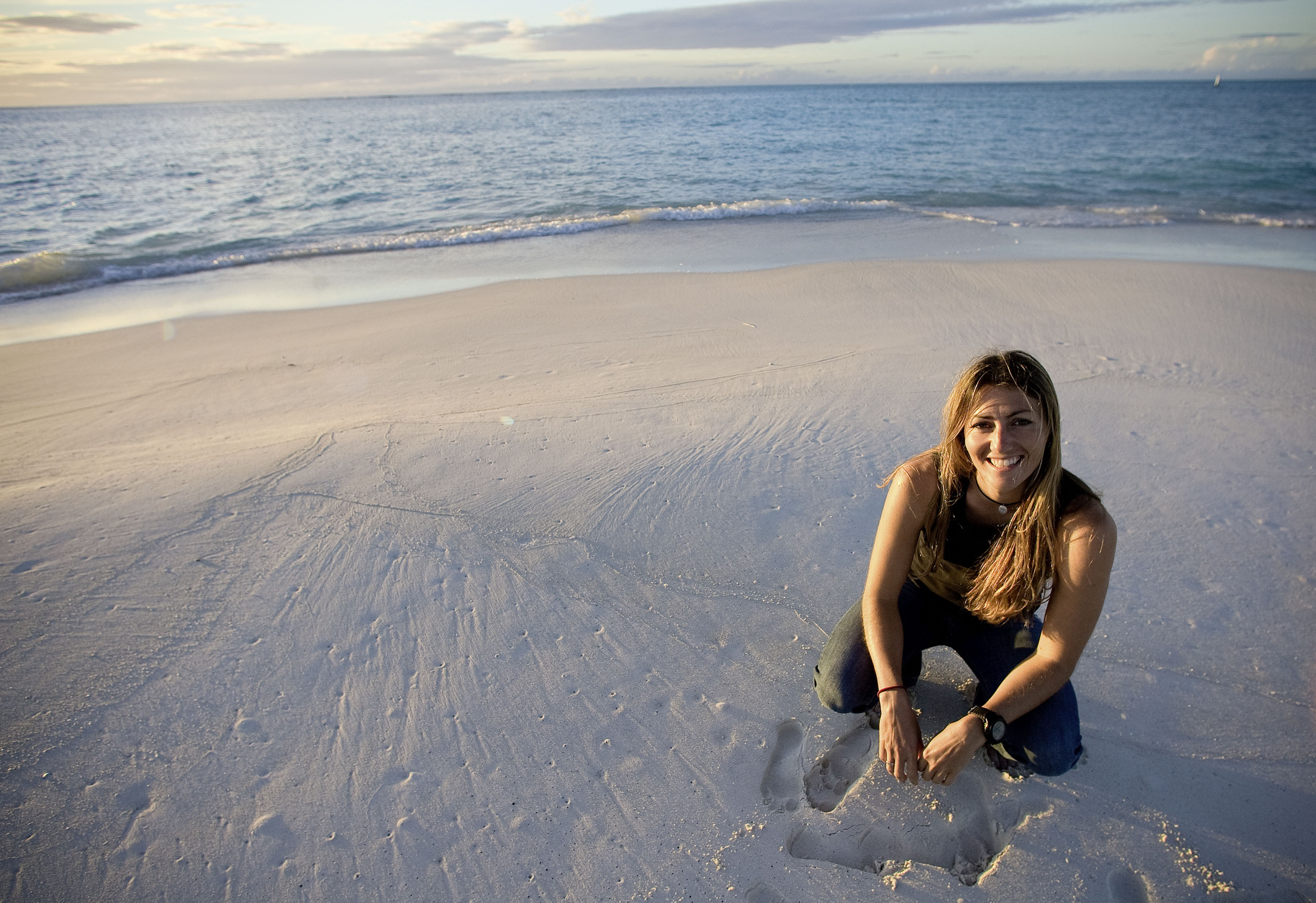
Jody MacDonaldAn award winning adventure sport and documentary photographer who's stunning portfolio will take you on an extraordinary sea to sky experience. Her images of surfing, kiteboarding and paragliding will surely quench your thirst for adventure. But if that's not enough, she also boasts an enviable travel portfolio as well. Not only did she grow up in Saudi Arabia travelling as a child, but her sailing adventures in the last decade have brought her to over 60 countries around the world such as India, Mauritania, Panama, Caribbean and Chile to name a few.
Her dynamic, bold and fearless photography will surely inspire you to get out on the field and pursue your own adventure photography career. This is what she has to say about her experiences as a successful adventure photographer.
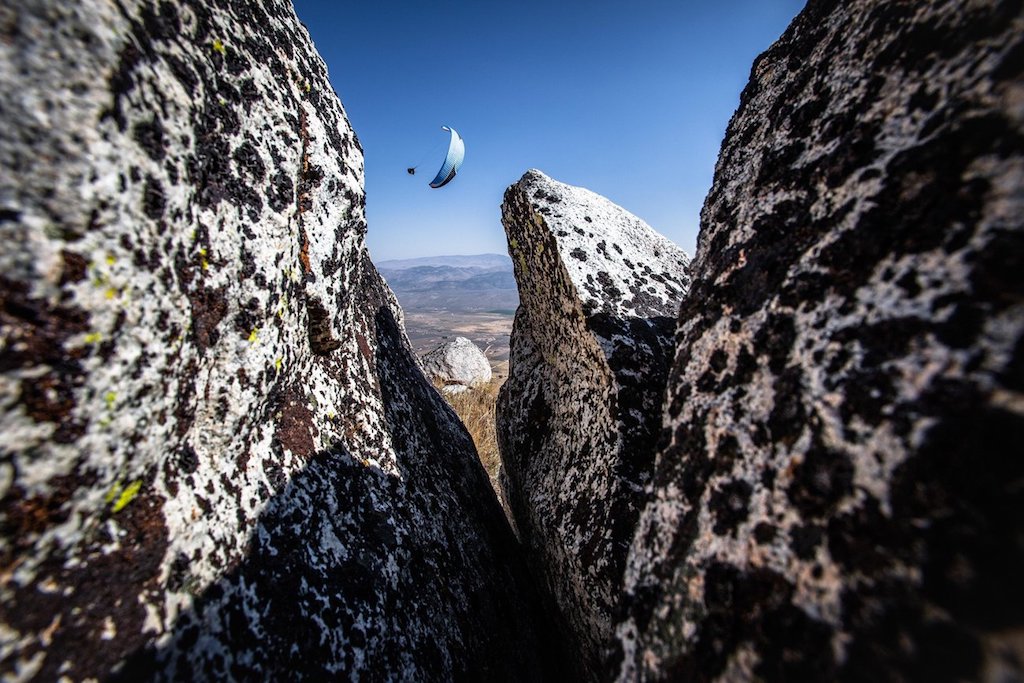
Tips
My advice would be to start off by photographing the sports and adventures that you enjoy. Photograph as much as possible and be critical of your work. Study the greats. Figure out what kind of photography you like and don’t like, then understand why. Answering these questions will help shape and mould your work into your own style and help you focus on the things you are passionate about. Then shoot some more. Photograph as much as you possibly can and be extremely critical of your own work. Immerse yourself into it and start submitting to magazines that fit with the type of photography you are doing. You will likely get rejected, but it doesn’t matter... it’s all part of the process. Repeat and never give away your work for free.
Then ask yourself “is this something I can live without?”
If the answer is yes…stop. Because that’s what it’s going to take to do well in this profession. It needs to be apart of your DNA.
[youtube https://www.youtube.com/watch?v=Loce0SVmdIw]
Challenges I became a paragliding pilot over a decade ago and have been flying ever since. It is an incredibly challenging sport to photograph, especially when you're trying to pilot your own wing and take pictures at the same time. The logistics are definitely the hardest thing. A lot has to come together—not just light, background and all the things that usually go into making a good photo—but I have to be in the air, my subject has to be in the air, the weather has to be right, at the right time of day and we are both moving within the landscape.
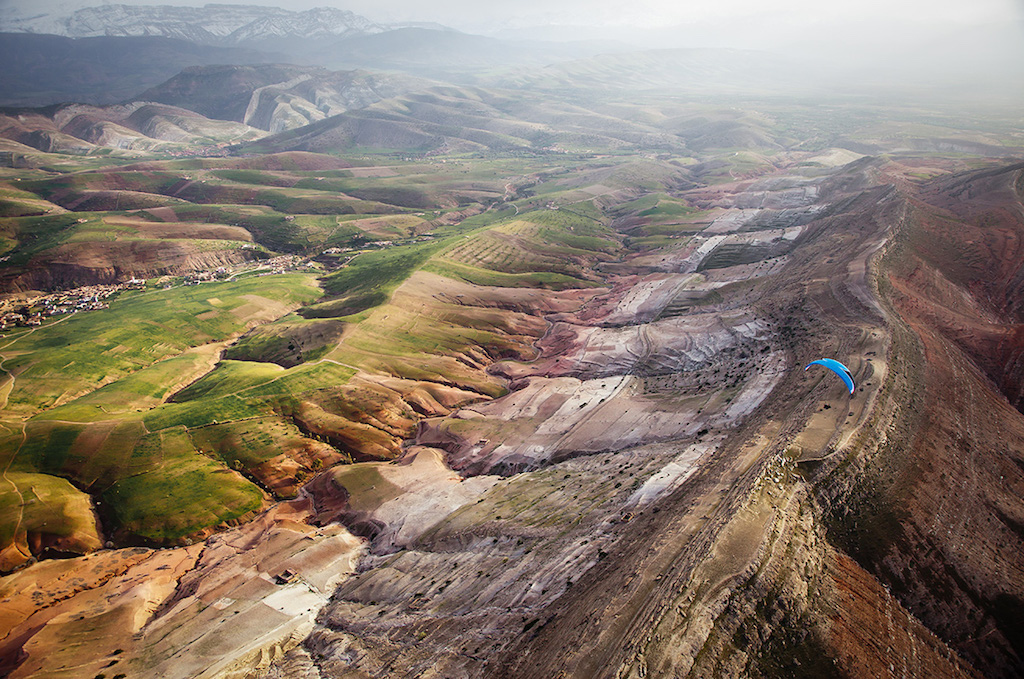
When you imagine the immersion that is required to shoot well when you're on land, the challenges increase dramatically when you’re in the air. Lens caps, changing expensive lenses, changing CF cards, changing batteries—one quick slip and your gear is gone, forever. When I shoot in the Himalayas, we can often get up to altitudes near 20,000 feet or more, with temperatures well below zero. In these cases, frozen hands, nausea and hypoxia are issues. What minimises all these challenges is having a good group of people and pilots to work with, good weather conditions and then like anything, the more you practice the easier it gets.
Essential Gear
I shoot with Canon equipment for water sport photography. The camera I am photographing with now is the Canon 1DX with an Aquatech Housing and Leica’s new X-U waterproof camera. My essential equipment is surf fins, mask and snorkel and camera and housing. Less is better.
When your getting pummelled by waves you want to keep it simple.
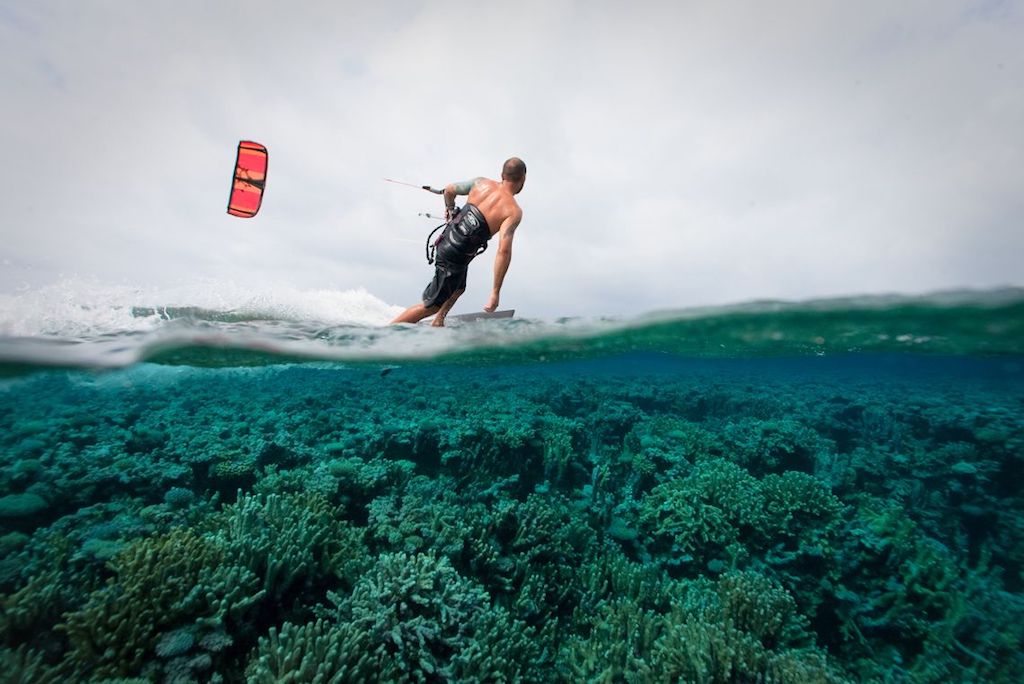
Find more of Jody's stunning work on Instagram: @jodymacdonaldphoto
Savannah Cummins
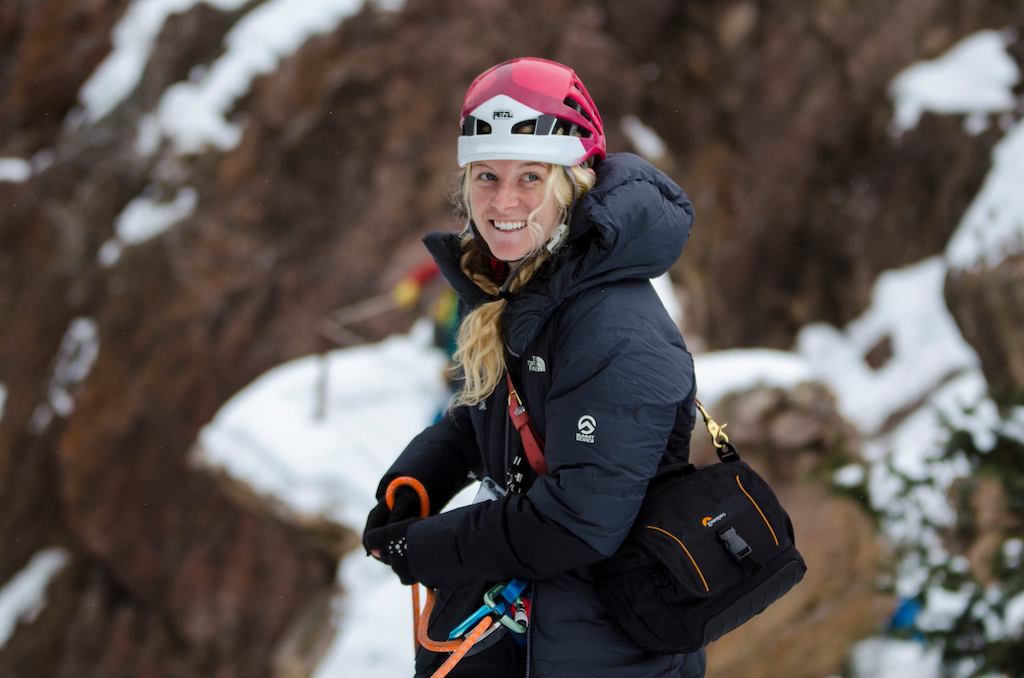
North Face athlete Savannah Cummins is an Ohio born adventure photographer and film maker. Whether it’s climbing, camping, hiking or exploration, her content is a pure celebration of mountain sports and lifestyle.
A professional climber herself, she has left no category unchecked in her climbing portfolio. From rock climbing in the desert in Utah to ice climbing in Canada, her exceptional climbing images and films have gained international recognition and publications in climbing magazines around the world.
Savannah’s success comes at no surprise as she continues to capture the essence of what it means to push the limits and thrive in the outdoors. These are her tips for what it takes to be a successful adventure photographer.
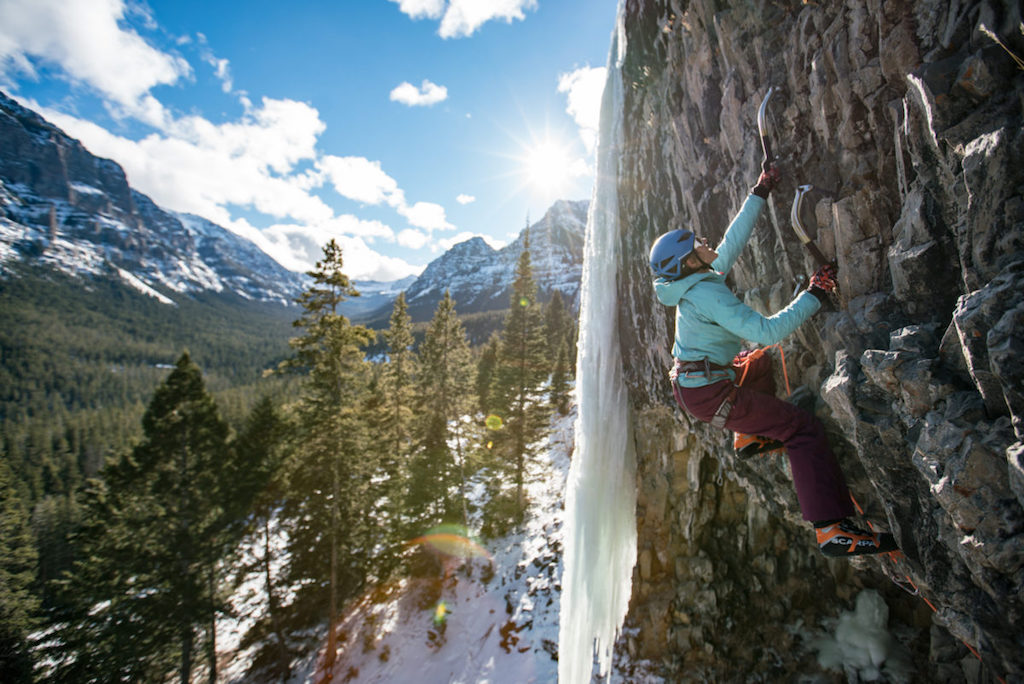
Tips
My advice for other adventure photographers would be that when the adventure is hard, and you're tired, it's usually the best time to break out the camera. It's something I struggle with myself, but being there to capture a real and unstaged moment that won't ever happen again is an amazing opportunity—so embrace the moment and make some beautiful images! Also, investing in a Wilderness First Aid or WFR course is something I highly recommend. Accidents can happen, and they happen fast, so you can NOT rely on your athlete(s) to help you out of a dangerous situation. These courses will help you be better prepared for the unexpected.
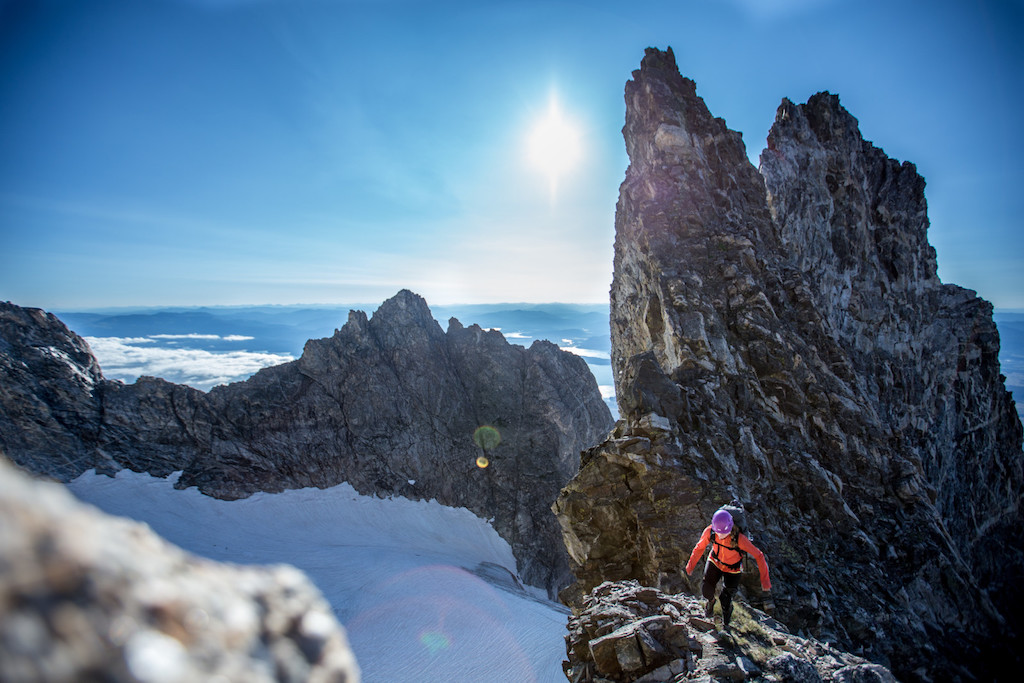
Whether I'm shooting for fun or for a client, all projects require quite a bit of planning. If I've never been to a location before I try to do as much research as possible beforehand so I have an idea for what the terrain and setting that I'll be working with is like. If the location is accessible before a shoot, I will go scout the scene(s) to figure out the best angles and lighting, as well as rigging and descent logistics. I typically try to come up with a shot list beforehand, and I always make sure that if the client hasn't provided specific clothing or gear to showcase, my athlete or model is wearing good colours that will stand out in whatever setting we will be in.
Challenges
I’d say ice climbing has proven to be the most challenging type of shoot, but also by far my favourite thing to shoot. Ice climbing is cold and requires a lot more gear, layers, food, camera equipment, ropes, jugging gear, crampons, ice tools, helmet and boots...all that weight quickly adds up! Getting lines rigged for ice is rarely an easy task, and when I'm above the athlete shooting, I'm constantly trying to avoid knocking ice down on them while trying to use any tactics possible to keep my hands and feet from going numb.
I realise I'm not making it sound very fun, but I'm always beyond stoked with the images I walk away with after an ice climbing shoot and pretty quickly forget about the suffering. I learn something new every time I go out and shoot, and that's why I love it so much.
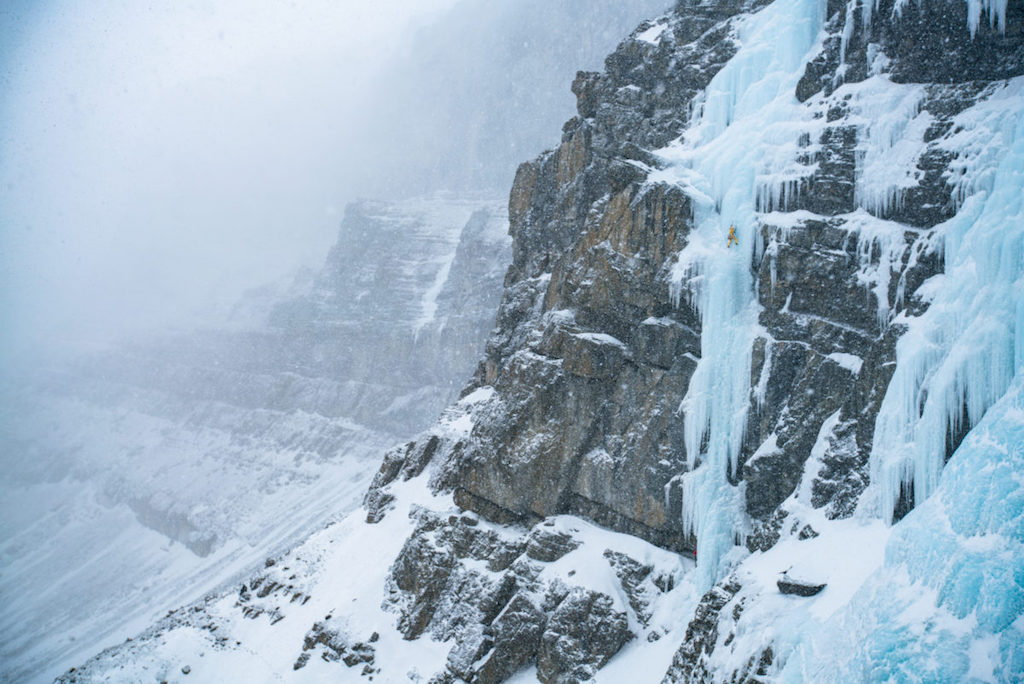
Essential Gear
My camera of choice is the Sony A7rII. It's pretty light compared to my old Canon set up, and although the digital sensor took me awhile to get used to I absolutely love it. My other favourite function with my Sony is the silent shutter. People act differently when they know they're getting their photo taken and this allows me to be more stealth and capture images without letting the subject know I'm even taking photos—they usually assume I'm just changing settings and such. F-Stop is my go to with camera bags. They make organisation easy, and going climbing or adventuring already requires a lot of gear and equipment so being organised is the easiest way for me to not lose my mind when shuffling through gear at the base of a mountain or cliff.
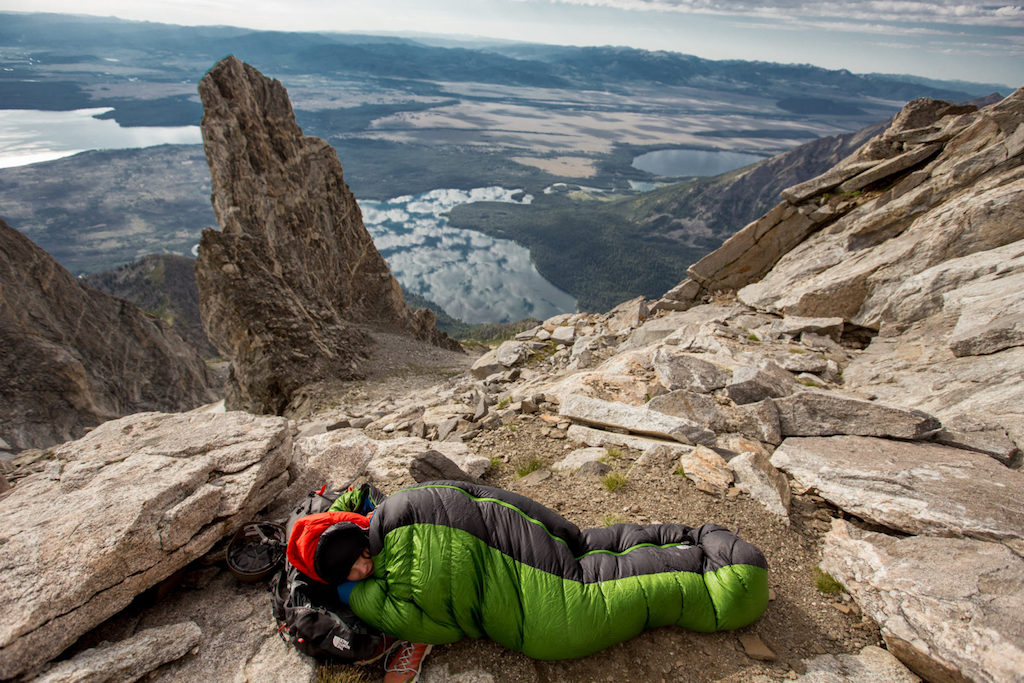
The most memorable adventures I've been on have always come with a hefty degree of suffering. What they call type 2 fun, it's usually not the most enjoyable during the moment...I'm either cold, the hike sucks, it's scary, I forget something, mess up the beta, or it's just an insanely long day without enough food or water. When those days are over I'm pretty happy, but after a good night sleep I wake up ready to do it again and already dreaming up my next adventure.
More of Savannah's intensely beautiful shots on Instagram: @sav.cummins
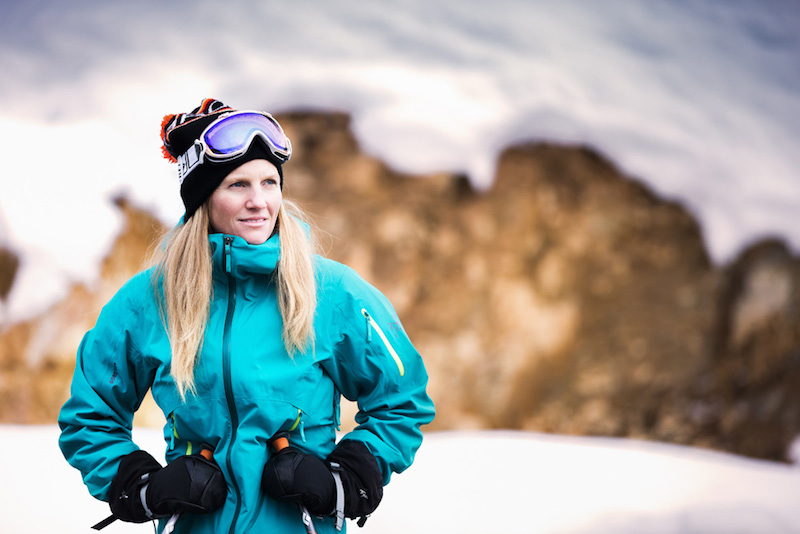
Robin O’NeillRobin O’Neill is an action and outdoor lifestyle photographer based in Whistler, British Columbia with award winning images and a huge client list—for good reason. Her action sports & lifestyle portfolio showcases spectacular images of snowboarding, skiing, mountain biking, surfing, trail running, paddle boarding and fishing.
Aside from working with reputable athletic brands and products, she also incorporates intimate humanitarian scenes as well. Whether it's for sports, tourism, hospitality or humanitarian work, be sure to check out her amazing work and read what she has to say about her experiences in the field.
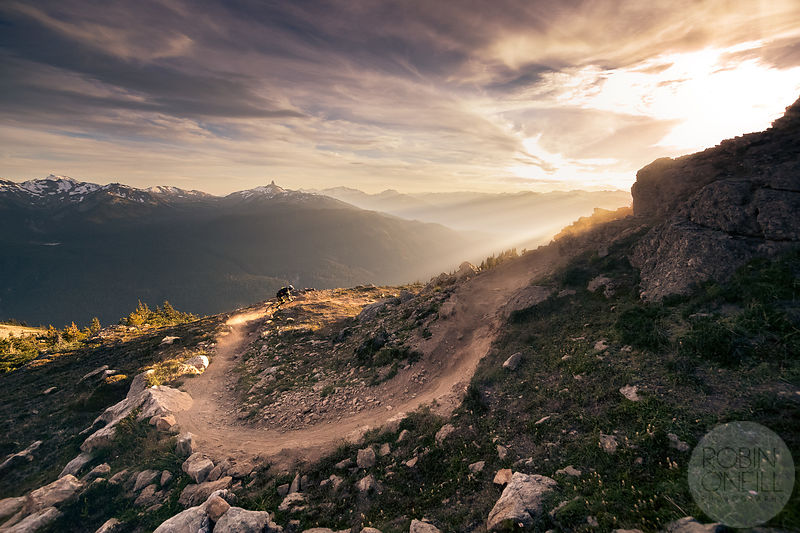
Tips
Good light is paramount. Choose a direction of light that helps bring more depth and dimension to an image. Or create it with lights. Listen to your athletes and work WITH them. Let them select locations, features and terrain that enables them to showcase their talents; the results are unmistakably better. Composition is key to the perfect shot. Take care in where you place the subject and lens selection is a big part of compelling composition.
A little bit is just luck. You have to be out there and taking photographs, but sometimes on that day, the environment just hands you gold.
ChallengesHa! I have two. One I can influence, but don’t feel like I can; balance. The other I can’t influence; weather conditions. Because my work is an extension of my life, meaning I am documenting what I love to do, it’s easy to work and travel too much, to feel pinned and depleted. But the work is so exciting and it’s hard turn down opportunities. As for weather and conditions, it affects ski photography the most. But camping in the rain day after day on a MTB shoot, can also become challenging. It can be tough just to keep gear dry and functioning.
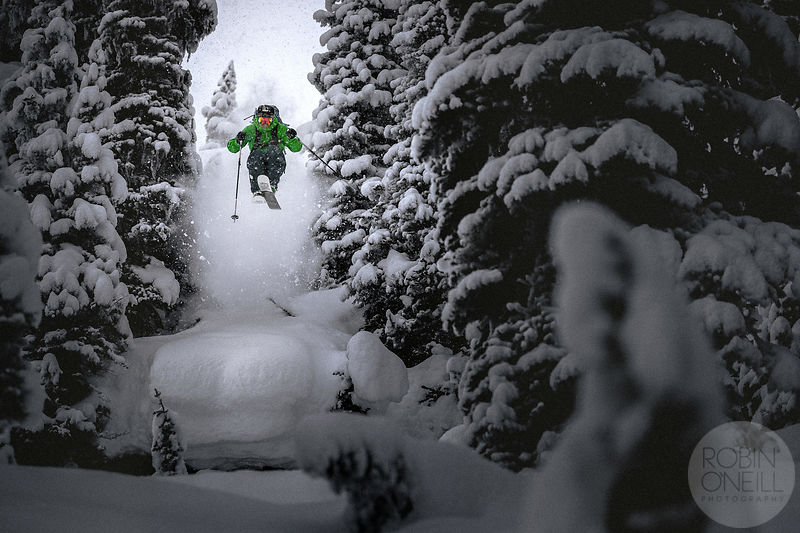
Essential Gear
I depend on all my gear! Canon is my go to for camera gear—the 1Dx Mark II is my right-hand. The 50mm 1.2, I couldn’t live without that one either. The 14mm and the 70-200mm. I love my Cecilia neck straps, and my F-stop packs. And I rely on my Arc'teryx outerwear to keep me dry and warm.
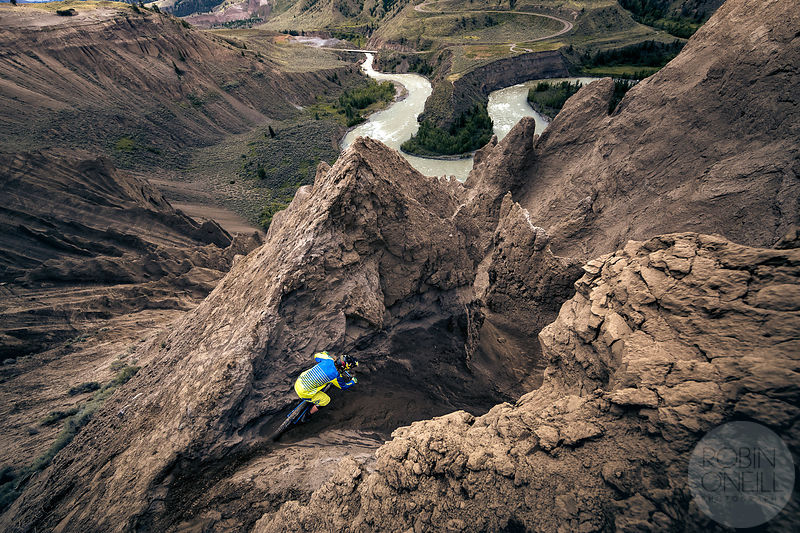
Build relationships, work hard, take chances on opportunities, and give athletes feedback to keep them fired up on what you're shooting. Plan everything and then expect it to change at the last minute. Don't give up.
Follow more of Robin's stunning life in the mountains on Instagram: @robinoneill
Feature image by Robin O'neill


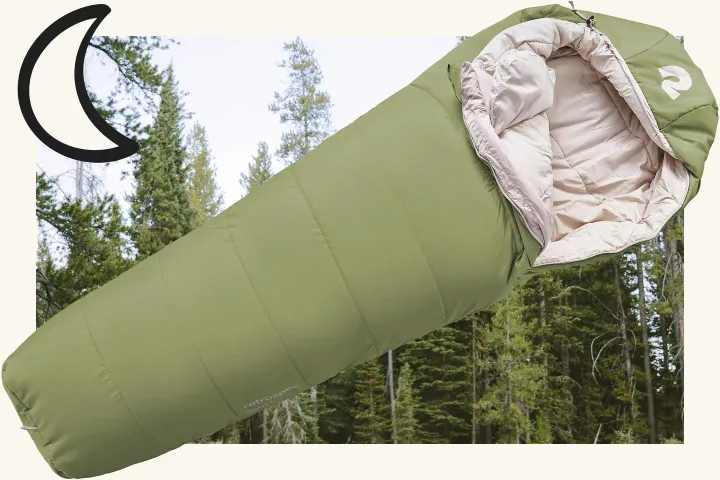
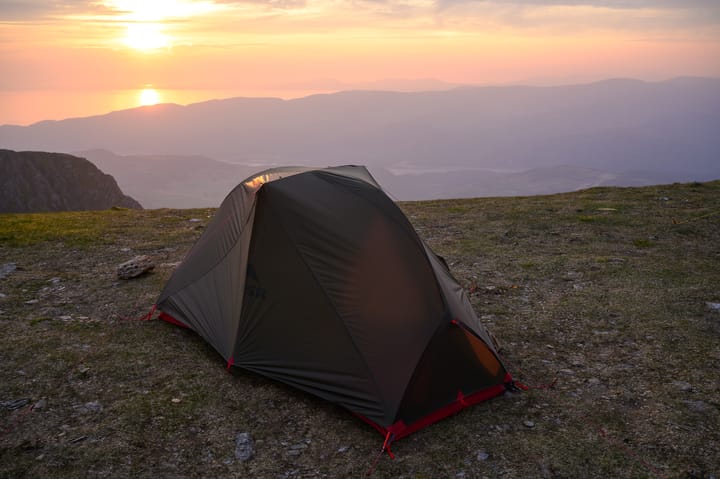
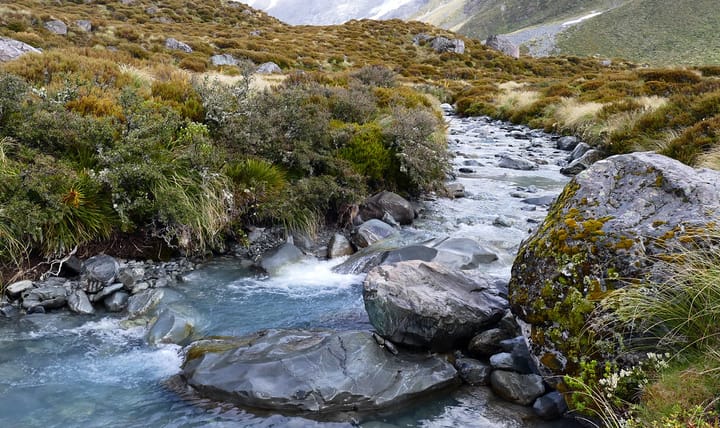
Comments ()